How Sales Teams Are Using AI for Forecasting
1. Scoring leads.
Gone are the days of manually sorting, consolidating, and analyzing leads. AI is opening the door to a quicker, more accurate lead scoring process.
53% of salespeople use AI tools that offer data-driven insights, including lead scoring tools. These tools use advanced algorithms to score leads on a variety of factors, like past interactions, demographics, company size, and more. With a more robust lead scoring system, your team can eliminate any bad leads, focus on the most promising ones, and create accurate forecasts.
Take HubSpot's Predictive Lead Scoring Software, for example. It uses machine learning to identify the most lucrative leads by scanning thousands of data points. The best part? It becomes smarter over time, even optimizing its own scoring system.
-1.webp?width=650&height=260&name=AI%20Lead%20Scoring%20(1)-1.webp)
2. Real-time insights.
To state the obvious, sales teams need to stay agile to keep a competitive edge. But while speed and adaptability are crucial, there's also the problem of being too reactionary, where short-term thinking hinders long-term strategy.
Balancing agility with strategy is key, and AI can bridge this gap by offering real-time insights. This enables sales teams to make data-driven decisions and spot emerging opportunities and threats more effectively than ever before.
Here's an example: poor inventory management results in billions of lost dollars every year. AI-powered solutions can optimize inventory levels by providing real-time alerts whenever stock is low. They can also analyze demand fluctuations and identify seasonal spikes. By leveraging these insights, companies can minimize waste, reduce lost sales opportunities, and deliver a seamless customer experience.
3. Processing large volumes of data.
When it comes to creating sales forecasts, the more data you have to work with, the better your predictions will be.
But parsing through so much data can quickly exhaust your team. This is where AI can help. AI solutions can collect, store, and analyze vast amounts of data, including market trends, customer behavior, historical data, and even information from your point of sale or POS system.
By acting as a centralized repository, these solutions also provide sales professionals with a single source of truth, making it easier to access and retrieve data. It's no surprise that 76% of sales professionals agree that AI can help organize and share data more effectively.
4. Generating accurate predictions.
We already know that AI can collect and process data, but that data is pointless if it can‘t be put into action. Here’s where AI predictive analysis comes into play.
AI predictive analysis uses machine learning to analyze historical data and identify patterns, correlations, and trends, and then uses this information to make predictions about future outcomes.
Armed with these insights, your sales team can anticipate customer behavior, refine their strategies, and make informed decisions that are rooted in data. In fact, 73% of sales professionals agree that AI can help them pull insights from data they otherwise wouldn‘t be able to find. What’s more, 65% say AI will help them understand their customers better.

How to Use AI for Sales Forecasts
Define your goals
Before diving into different AI solutions, it's crucial to define your goals. What specific insights will improve your sales strategy? Are you looking for revenue projections? Demand forecasting? Or just need help pinpointing market trends? Understanding your goals can help point you in the direction of the right tools.
Train the AI model with clean data.
The accuracy of AI depends on the quality of data you feed it. “Garbage in, garbage out,” as the saying goes. If the data is outdated, unreliable, and incomplete, it will generate sales forecasts that are, well, outdated, unreliable, and incomplete.
Therefore, it's important to invest time in cleaning your data. Remove duplicates, inconsistencies, and errors. Correct typos, fix missing values, and ensure all information is up to date. When your data is clean, you set the stage for accurate forecasts that drive better decision-making.
Validate the results.
Once the AI model is up and running, it's essential to validate its performance for accuracy. Compare its sales forecasts with actual sales outcomes for a specific period. Take a look for any deviations and discrepancies or areas where the model needs more fine-tuning.
Continuously refine.
Sales forecasting is an iterative process. Use the feedback from your team and the data from your AI model to refine and improve its accuracy. On top of that, routinely update the model with fresh data to ensure it reflects your evolving sales operations.
Back to You
While AI is transforming many areas of sales, like forecasting, it‘s important to remember that AI alone isn’t enough. While it can generate valuable data-driven insights, sales teams still need to leverage their expertise and knowledge to transform these insights into actionable steps.
By finding the right balance of AI-driven insights and human judgment, managers can drive better sales outcomes.
Artificial Intelligence



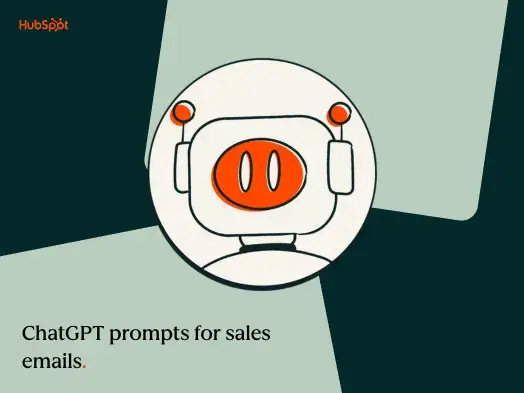
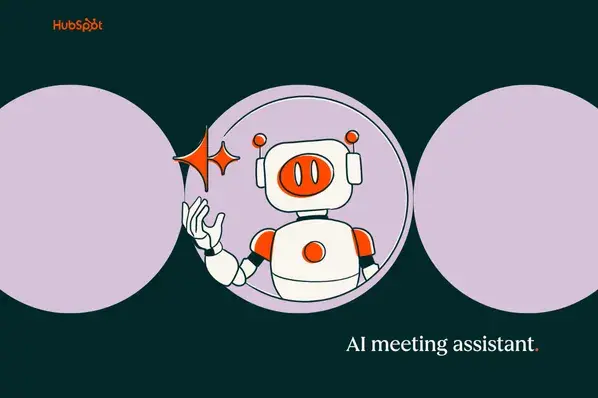

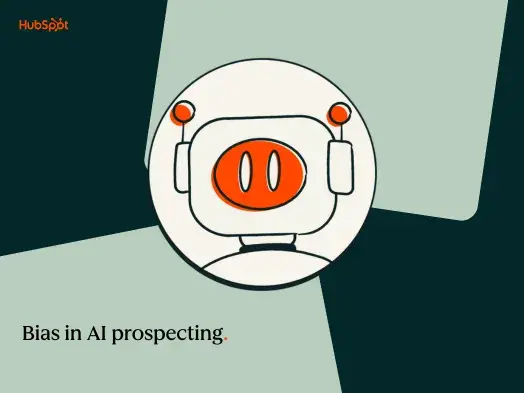
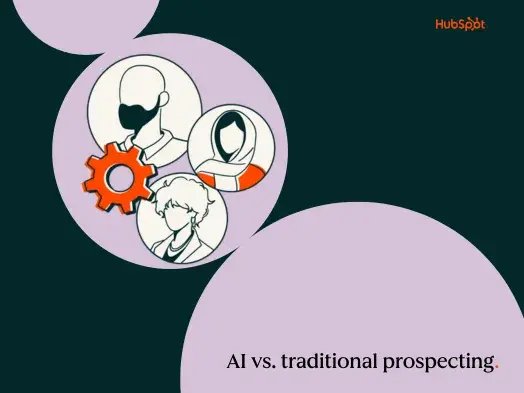

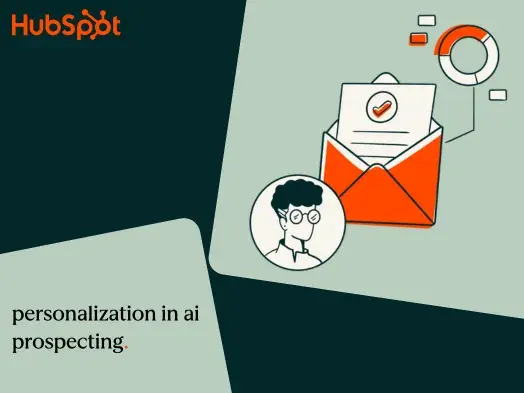

![13 Ways AI Can Benefit Your Business [+ New Data and Gen AI Prompts]](https://53.fs1.hubspotusercontent-na1.net/hubfs/53/benefits-of-business-in-ai-1-20241113-8880073.webp)
